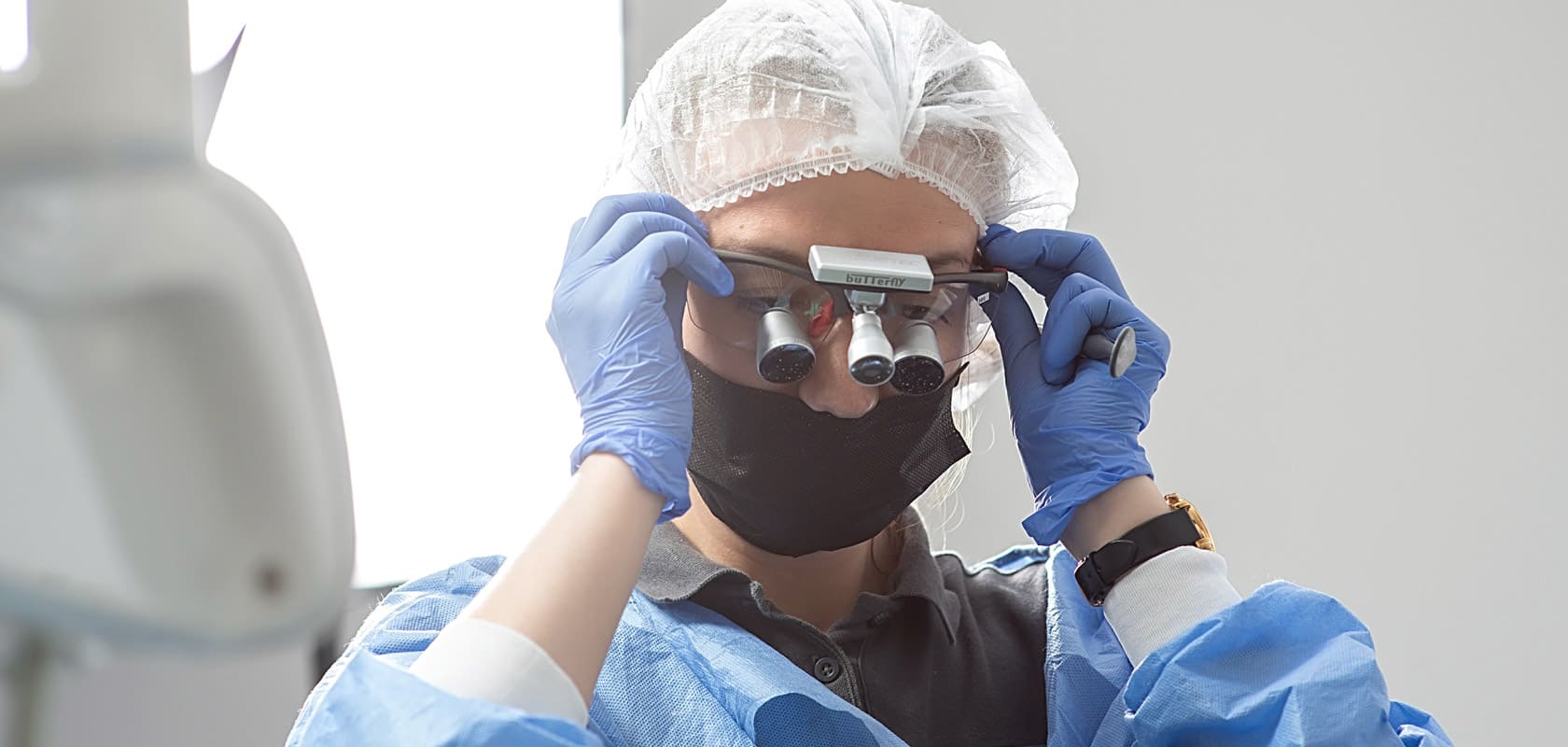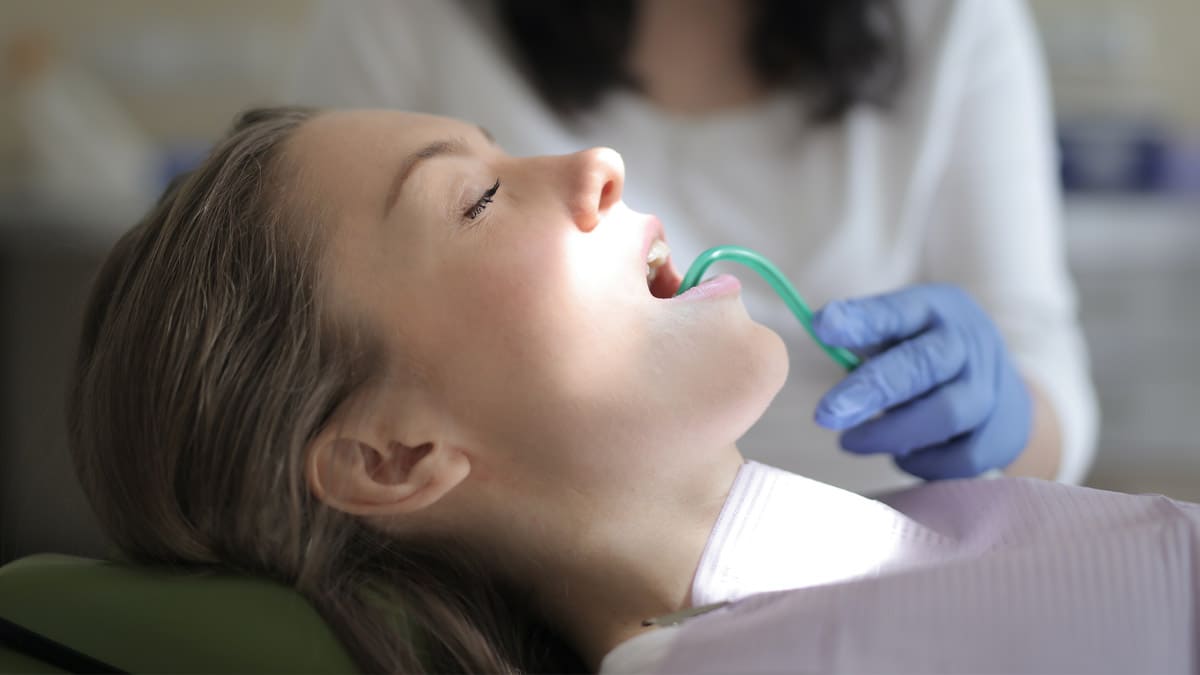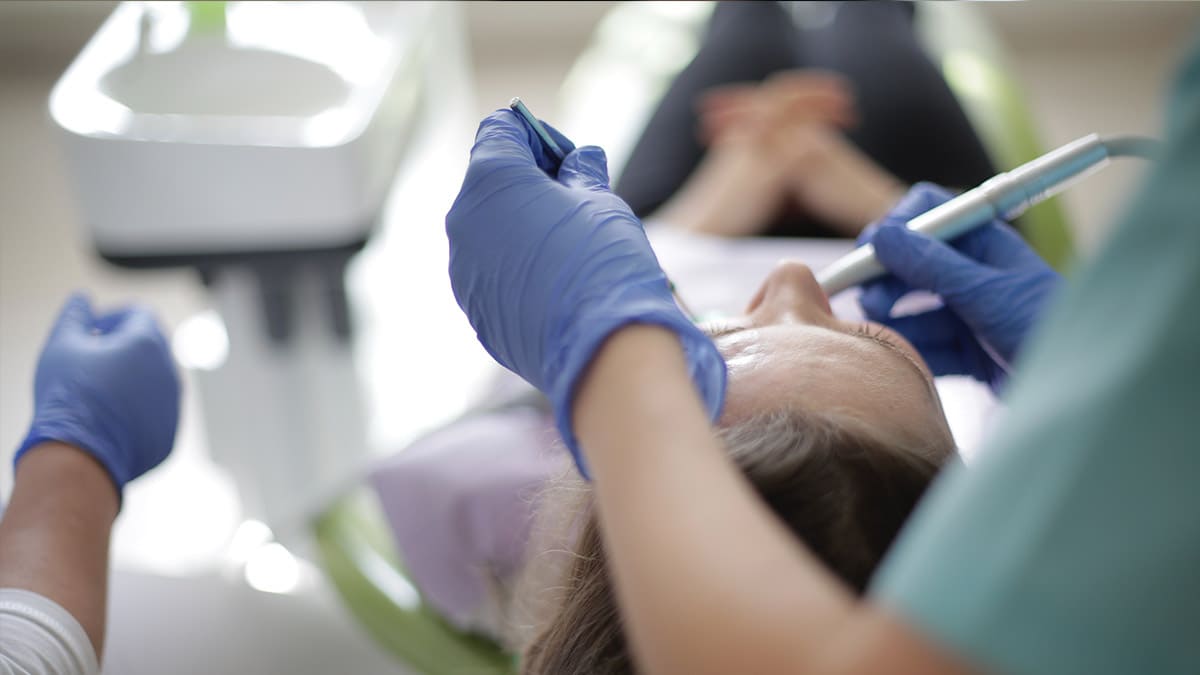What is Tooth Extraction?
Tooth extraction is a dental procedure that involves surgically removing a decayed, broken, cracked, infected, or gum-diseased tooth.
Dental extraction can be performed using different methods depending on the structure of the tooth, the position of the tooth to be removed, the patient’s dental and jaw structure, and the progression of gum disease. Simple tooth extractions are procedures in which the dentist applies local anesthesia and removes the tooth in a single session. Other tooth extractions are performed using more complex and surgical methods. These methods are used when the tooth is attached to the bone or when the tooth is broken, fragmented, or impacted.
After tooth extraction, it is important to follow the care instructions provided by the dentist. These instructions may include restrictions such as not biting down, consuming hot drinks, or smoking for a few days. In addition, applying ice may reduce pain and swelling in the extraction area, and consuming soft foods may be recommended for a certain period of time.
İçindekiler

When is Dental Extraction Performed?
Tooth extraction may be necessary for various dental problems.
Some of these include:
Tooth Decay: Tooth decay can weaken the tooth’s interior tissues, requiring the tooth to be extracted.
Cracked or Fractured Tooth: If the tooth is cracked or fractured, tooth extraction may be necessary.
Gum Disease: Advanced gum disease can cause the gum tissue to recede, exposing the tooth root, which may require tooth extraction.
Tooth Impaction: In some cases, teeth can become tightly lodged and difficult to remove, requiring tooth extraction.
Severe Damage: If the tooth is severely damaged, the dentist may prefer to extract it rather than repair it.
Orthodontic Treatment: Some orthodontic treatments may require teeth to be extracted.
Developmental Problems: In some cases, teeth do not develop normally and can obstruct their path of eruption, requiring tooth extraction.
How is a dental extraction performed?
The process of tooth extraction can be performed using different methods depending on the tooth’s position, structure, and the patient’s condition. However, the following steps are generally followed:
Anesthesia: The dentist applies local anesthesia to numb the area before starting the procedure.
Tooth extraction: The dentist cuts the connective tissue around the tooth and gum to loosen the tooth. Then, using a tooth extractor, the dentist gently moves the tooth back and forth to remove it from its socket.
Bleeding control: After the tooth is removed, there may be slight bleeding in the gum area. The dentist applies pressure to the extraction site by placing a gauze or cotton pad to control the bleeding.
Stitching: Some tooth extractions may require stitching after the tooth is removed, following a specific procedure that the dentist will follow.
Care instructions: The dentist will provide care instructions after the tooth extraction to help the patient relax and reduce the risk of infection. These instructions may include applying ice to the gum area, using pain medication, and eating soft foods.
The tooth extraction process is usually painless and can be completed within a few minutes. However, depending on the tooth’s position and structure, the procedure may take longer and require more attention.


Stitches: Some tooth extractions may require stitching after the tooth is removed. This procedure is performed according to a specific procedure followed by the dentist.
Care instructions: The dentist will provide some care instructions to the patient after the tooth extraction to ensure their comfort and reduce the risk of infection. These instructions may include applying ice to the gum area, using pain relievers, and consuming soft foods.
Tooth extraction procedure is usually painless and can be completed within a few minutes. However, depending on the position and structure of the tooth, the procedure may take longer and require more attention.
What are frequently asked questions about tooth extraction?
Pain after tooth extraction usually lasts for a few days. However, your dentist can help shorten this time with pain relievers and methods such as applying ice.
You will not feel pain during tooth extraction as local anesthesia is applied. However, you may feel pressure or pulling sensation during the procedure.
After a tooth extraction, it is recommended that you consume soft foods as advised by your dentist. You should also avoid hot or hard foods to prevent bleeding and discomfort in the extraction area.
Smoking increases the risk of bleeding in the tooth extraction site and can slow down the healing process. Therefore, your dentist will recommend that you avoid smoking for a while after a tooth extraction.
After a tooth extraction, you should clean your mouth as recommended by your dentist. However, you may need to postpone brushing or flossing or do it as recommended by your dentist to avoid irritating the extraction site.
After tooth extraction, your dentist may allow the placement of implants or dentures by giving an appropriate healing period. The procedure is performed after ensuring that the tooth extraction site has completely healed.